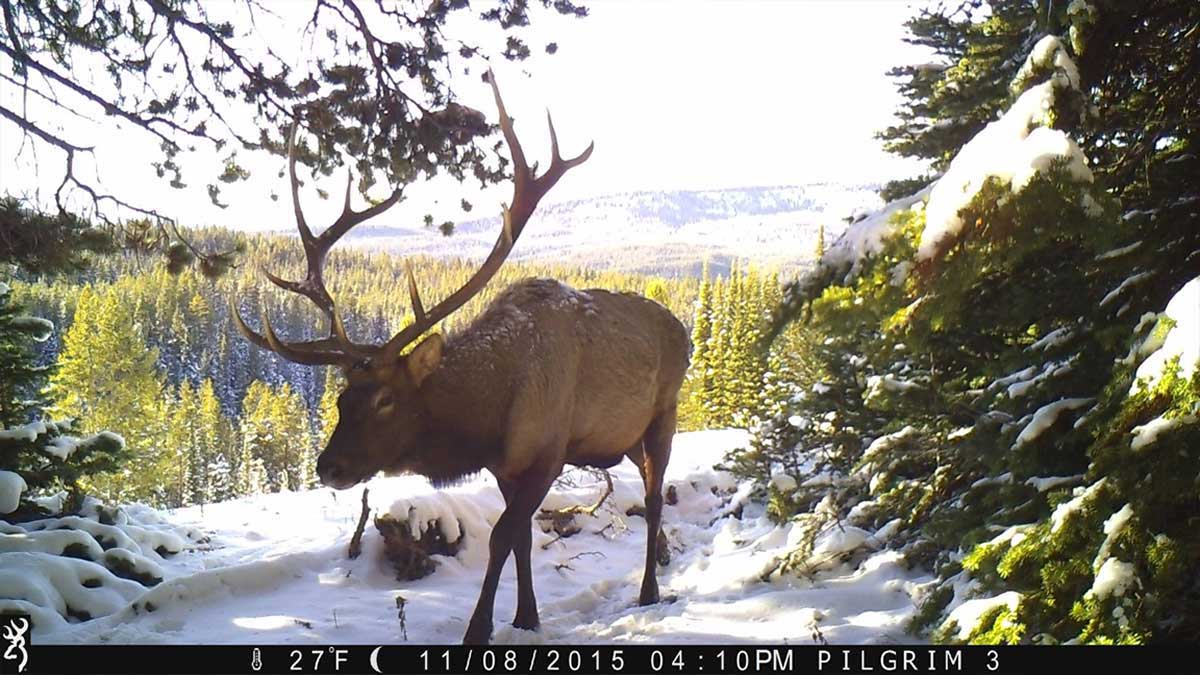A new study highlights the importance of both private lands and protected areas for elk within the Greater Yellowstone Ecosystem (GYE). However, it also shows more than a third of the GYE’s elk habitat ranges have no zoning regulations, showing the potential for expanding human development.
“Although the GYE is often viewed as a conservation success story because of the sheer size of area protected, private lands have been critical to this success as well,” the study states. “However, future development and land use change threaten to upend the role of private lands in sustaining wide-ranging wildlife in the system.”
Researchers used GPS data from 1,088 elk in 26 different herds to define herd level seasonal ranges. They found more than 92 percent of elk herds used the highest proportion of private land for winter range. Most winter ranges also had the highest building and fencing densities and cattle grazing compared to migratory and summer ranges.
“Out of all ranges, 36.5 percent of ranges did not have any zoning regulations, indicating the potential for future development,” according to the study. “Our results show that elk in the GYE rely on habitat outside of protected areas, and face landscape-scale conservation challenges such as habitat fragmentation from human development, particularly in winter ranges. Future conservation strategies for wildlife in this system need to encompass coordination across both public and private land to ensure migratory connectivity.”
Among other acknowledgements, researchers credit the Rocky Mountain Elk Foundation for providing past and current support for elk and helping to protect migration corridors.
RMEF has a long history of conserving or enhancing more than 400,000 acres of elk habitat in the GYE. Its support of the Wyoming Migration Initiative dates back to 2006. Most recently in 2021, it supplied funding for the U.S. Geological Survey’s third edition of mapping and summaries for elk and other wildlife within the GYE as well as migration routes in other states.
(Photo credit: Wyoming Migration Initiative)
